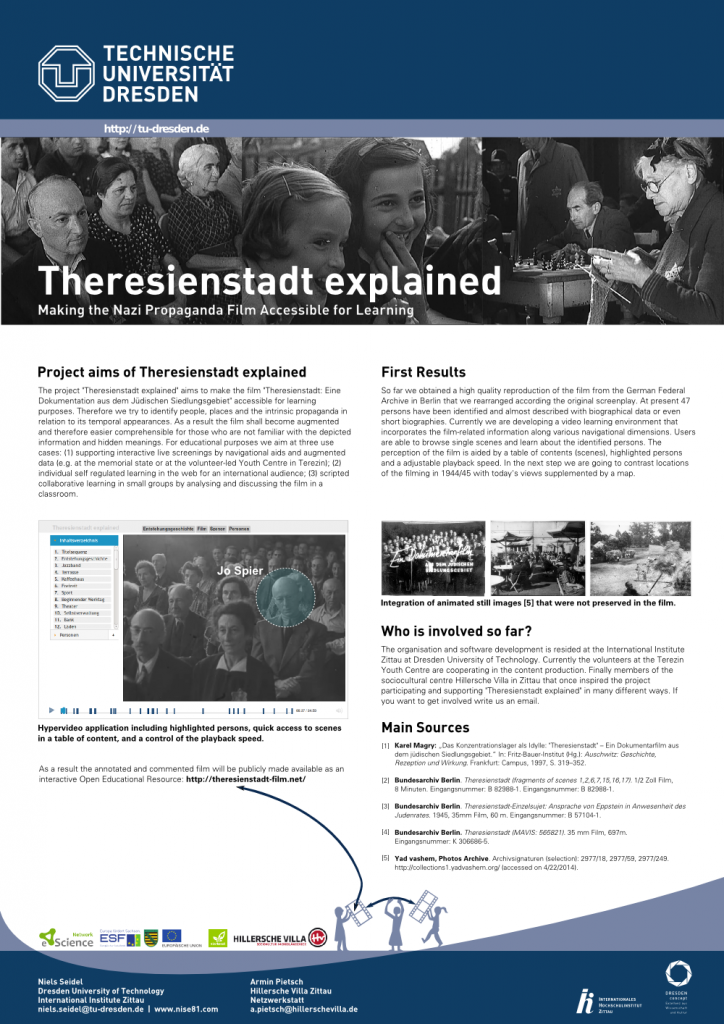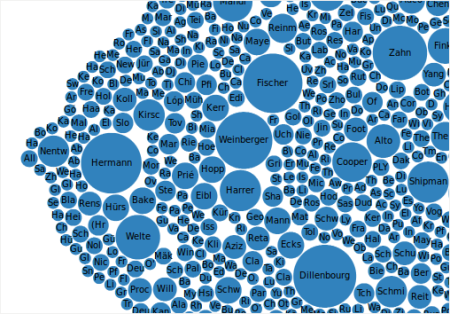In January IMS Global announced its work on a standard for video capturing. Indeed it would be nice to have more guidance on how to capture, post process, store and deliver a video. Currently there is lack of interoperability between different platform. For instance, a set of video lectures cannot be stored in a single format in order to be republished on another learning management system. There many open questions developers are asking when they try to integrate video into the dinosaurs of learning environments – namely Blackboard, moodle, Ilias, and OLAT:
- In what format shall I store the descriptions about video formats, sizes, and media types like segments, thumbnails, posters, transcripts, ect. ?
- What would be the right format in order to describe a course where students get there weekly portion of video content like in a MOOC? Structuring and sequencing could be achieved with SCORM, while system features and learning outcomes can not be expressed.
- How can we define collaborative learning activities for groups who are working on a instance of source video so that each group has its own playground for augmenting and discussing contents?
- What is a proper metadata schema for long time archiving of video footage from educational or research fields? Currently we know about videoMD, PBCore, and METS, but all those approaches for librarians not considering learning taxonomies, didactically methods, student interactions and other relevant descriptions.
All these questions and many more could be ask in a joint standard initiative, but the way it is organized at IMS Global is questionable. While labeled as an ‘Open’ initiative the interested parties have to pay a yearly fee of $3,500 to get access to the working drafts and resources they have to pay $15.000 to become a voting member and influence the decision process. Even the discussion of the current members is not as transparent as one might expect. So fare Kaltura outed to be on of the participants (the only one?). All the others stay in the background and deciding about the future of educational video technology at our schools and universities.
However, such an initiative could be literally open and invite a broad range of stakeholders form all around the world. Defining standards should be organized like the Request For Comment (RFC) papers or a W3C working group. The participants should communicate in public mailing lists or social network circles. Furthermore, all drafts should be made available by naming the contributing authors.

